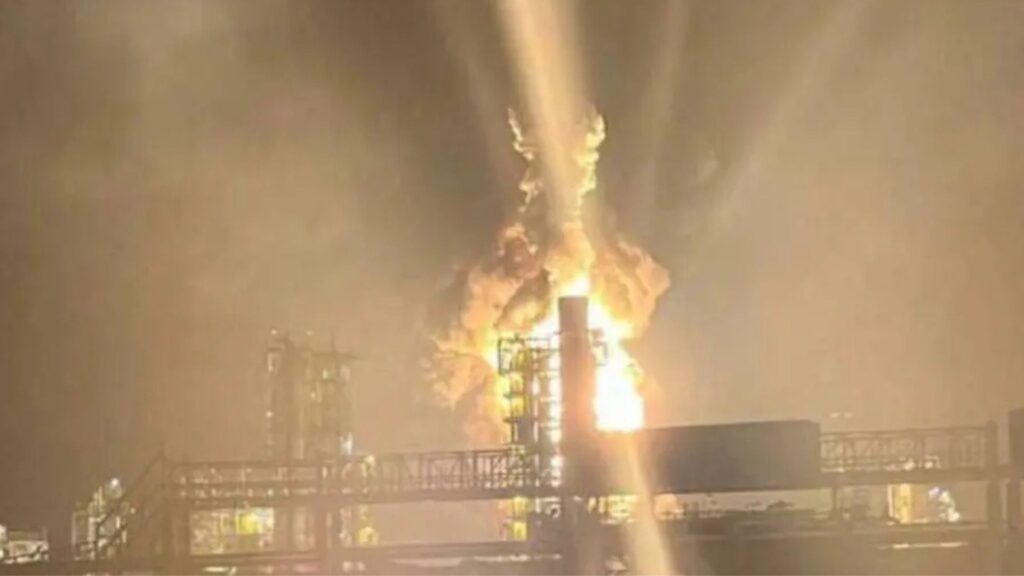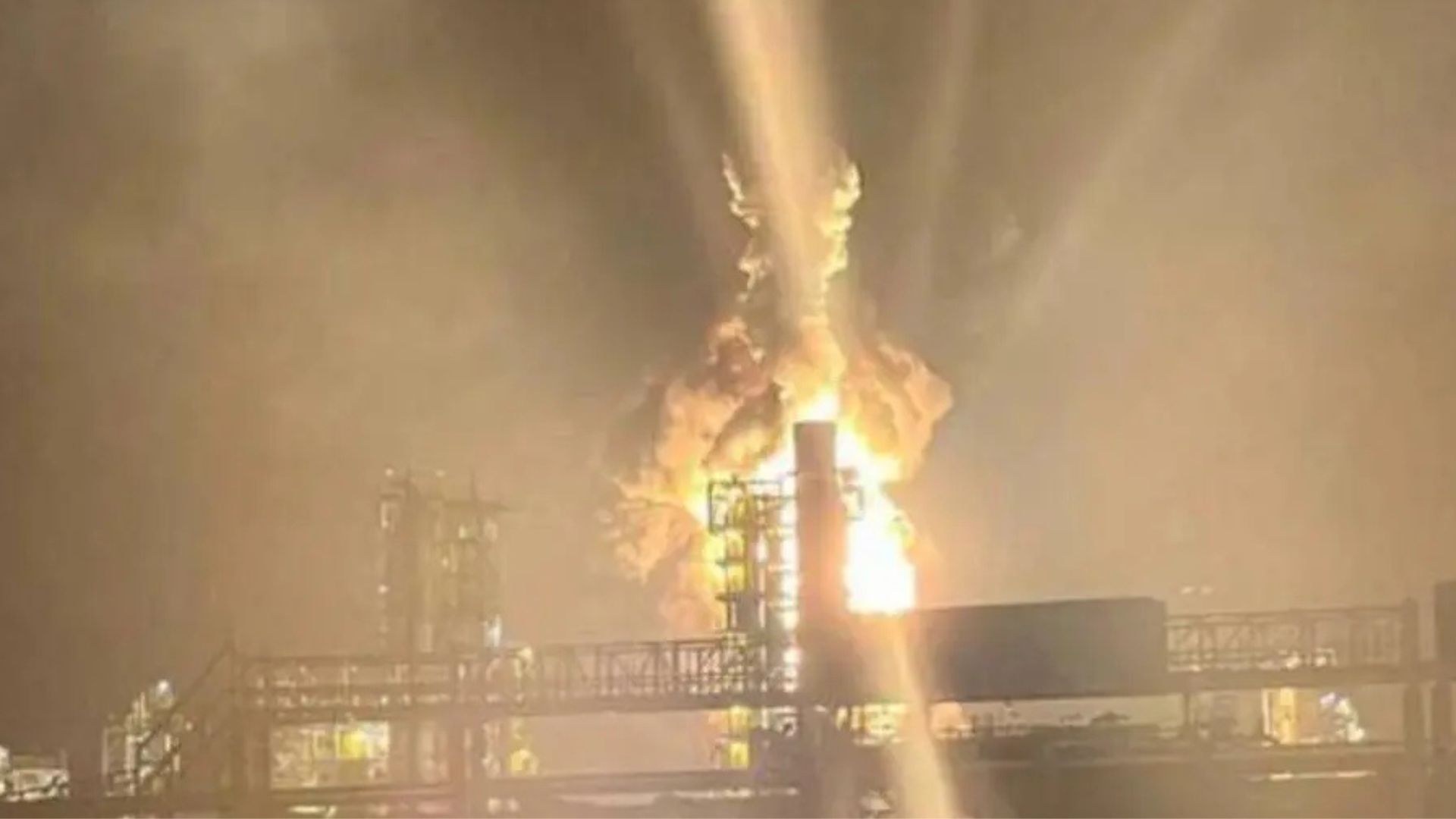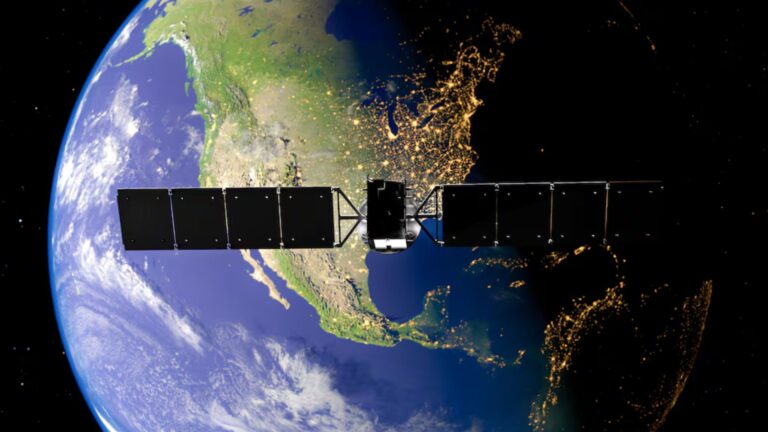
Ukrainian drones struck Russia’s Kirishi oil refinery in the early hours of September 14, igniting a blaze at one of the country’s largest petroleum facilities and marking a significant escalation in Kyiv’s campaign to disrupt Moscow’s energy infrastructure. The attack targeted the Kirishinefteorgsintez refinery in the Leningrad region—approximately 800 kilometers from the Ukrainian border—where debris from intercepted drones sparked a fire that was later extinguished without casualties.
Governor Alexander Drozdenko confirmed that three Ukrainian drones were intercepted over the Kirishi area overnight, and Ukraine’s General Staff acknowledged a “successful strike” on the refinery, underscoring Kyiv’s intent to degrade Russia’s fuel production capabilities.
Details of the Kirishi Strike
The Kirishi refinery, owned by Surgutneftgaz, processes roughly 17.7 million metric tons of crude oil annually—equivalent to about 355,000 barrels per day—and accounts for 6.4 percent of Russia’s total refining capacity (Kyiv Independent). Debris from the downed drones landed among storage tanks, triggering a small but fast-moving fire that emergency crews contained within hours.
Local authorities reported no injuries or structural collapses, but the temporary shutdown disrupted operations at a facility critical for supplying automotive gasoline, diesel, and aviation fuel to St. Petersburg and the surrounding Leningrad, Novgorod, and Pskov regions (Anadolu Agency).
Strategic Significance of the Target
The refinery produces more than 80 distinct petroleum products used to fuel civilian markets as well as Russian Armed Forces units stationed near the Baltic and Arctic theaters. By striking Kirishi, Ukraine aims to impede Russia’s ability to transport refined products to key military and industrial centers, amplifying logistical challenges for frontline operations.
Just days earlier, Ukrainian drones attacked the Primorsk oil-loading port—the country’s largest on the Baltic Sea—forcing a suspension of shipments that cost Russia an estimated $41 million per day in lost export revenues (NBC News).
Broader Campaign Against Russian Energy Infrastructure
This strike at Kirishi forms part of a broader Ukrainian campaign targeting Russia’s energy network. Sustained drone attacks in 2025 have disabled approximately 17 percent of Russia’s refining capacity, leading to widespread fuel shortages and long queues at gas stations across the country. Authorities have imposed gasoline rationing and temporarily banned exports through September 30—measures intended to stabilize domestic supply amid heightened demand (Kyiv Independent).
In response, Russia has deployed over 34,000 attack drones and decoys against Ukrainian targets this year—nearly nine times the number used during the same period in 2024—underscoring the intensifying drone warfare that now extends hundreds of miles from the front lines.












